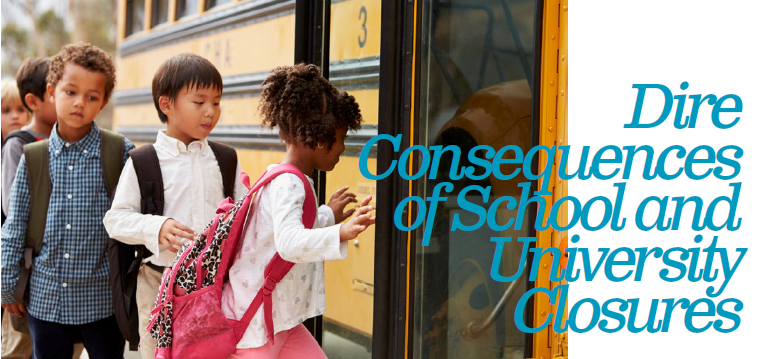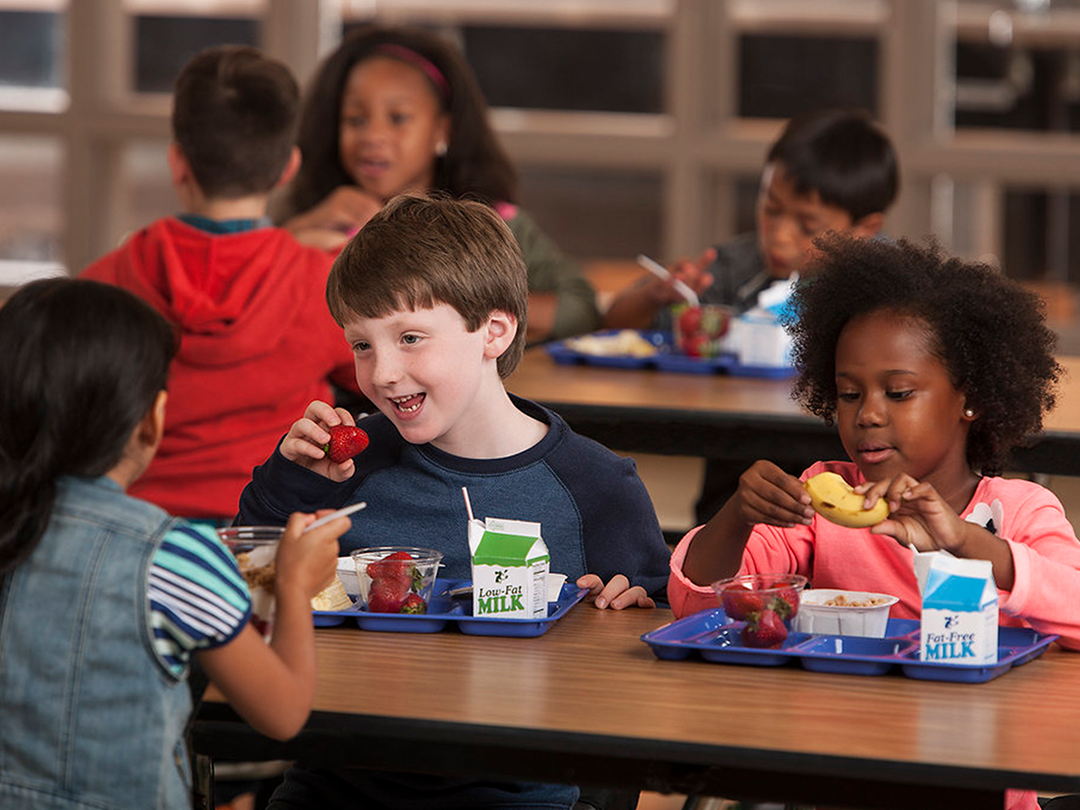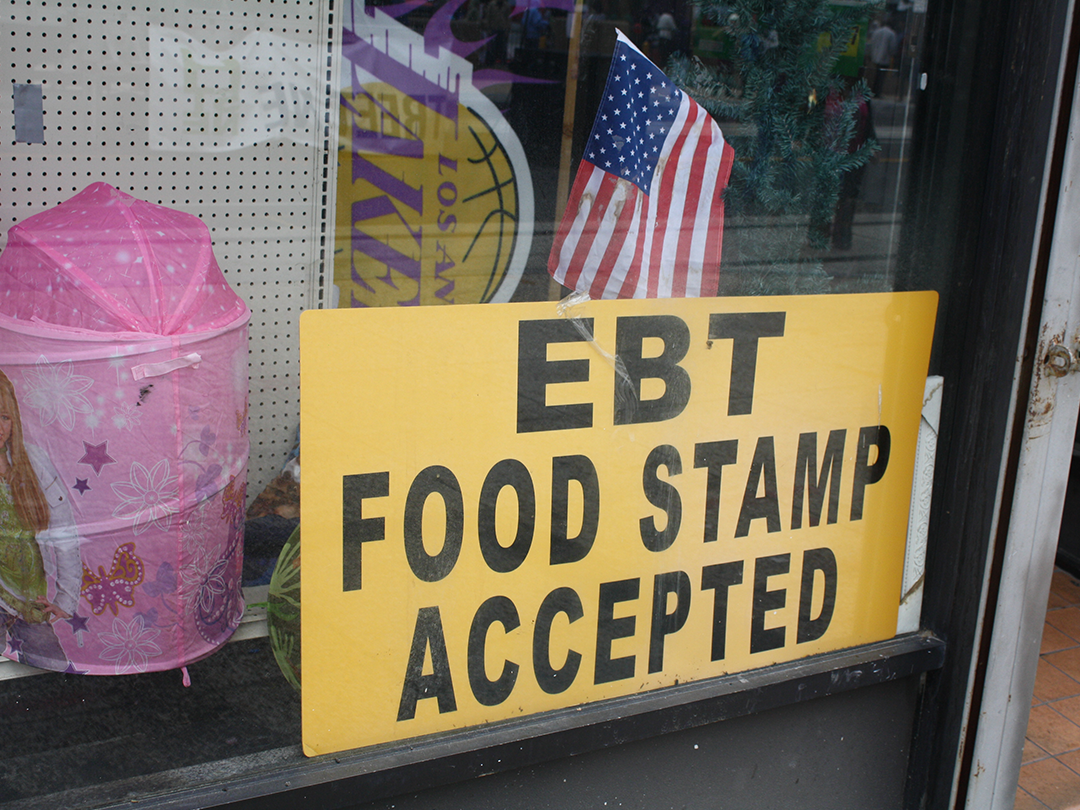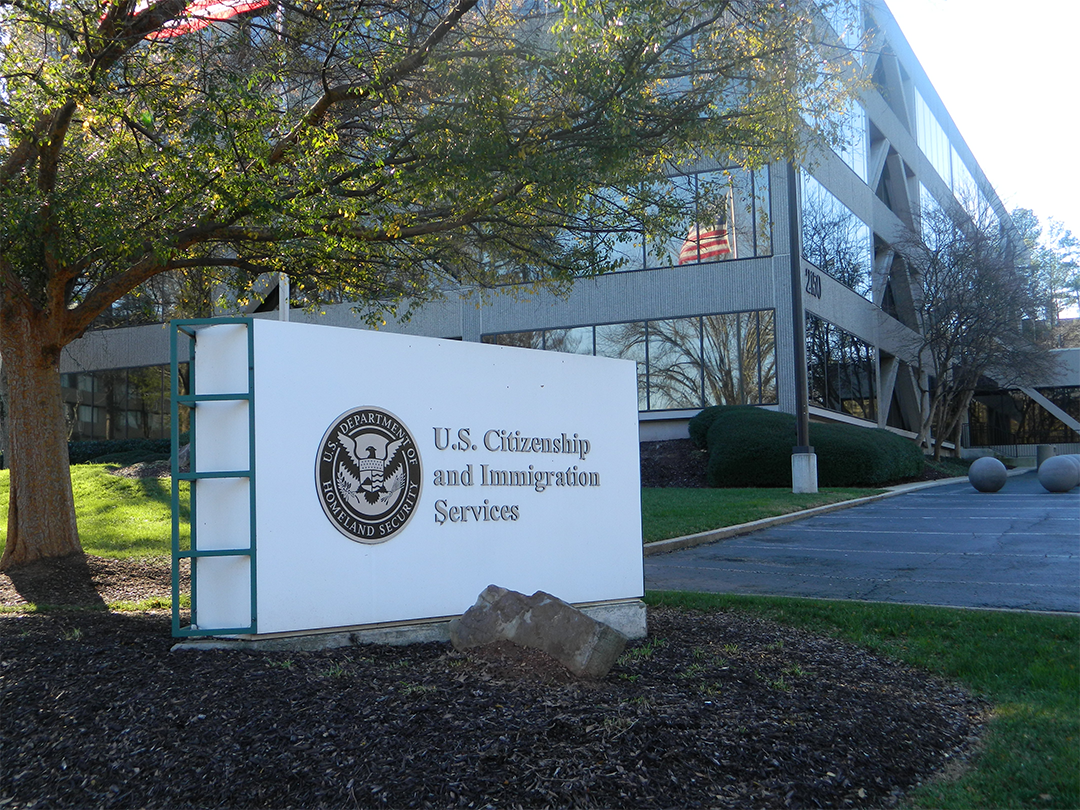
Schools all over the country have closed. The New York Times recently reported that approximately 1.5 million school-aged children are experiencing homelessness in the U.S., the highest recorded in more than a dozen years. There was a 15% increase in students who are unsheltered “homeless” (more than 102,000) over a one-year period. Many of these students are staying in places not meant for human habitation, such as abandoned buildings and cars. Many homeless students live with other families, leading to over-crowding. The pandemic could leave children even more vulnerable to health problems or spreading the coronavirus as they have to spend more time on the street or in crowded homes.
Colleges and universities have had to close as well, and while many of them closed while students were on spring break in the hope that many were either at home or could go home, many students have nowhere but campus to shelter. Many college students rely on campus cafeterias for their food needs and are likely to face food insecurity, as are students in K-12 schools. Many students also rely on university employment for their living expenses, but campuses have suspended all jobs not deemed essential. Some schools, such as Harvard, have returned a portion of student’s financial aid to assist them with relocation and living expenses.
Food Insecurity During the Pandemic
Many children are experiencing greater food insecurity during this pandemic. Already, far too many households, especially households with children, must choose between rent and food. About half of all school children are eligible for the free school lunch program, meaning they live in a household with an income at or below 130% of the poverty level or their household receives food stamps. In some states, almost three-fourths of children are eligible. With widespread school closures across the country to maintain social distancing during the COVID-19 pandemic, these 30 million children are missing nutritious meals more than they were before. Many also struggle to do remote learning because they lack computers or internet access. And many of their parents have lost jobs and income due to lockdowns.

Important Increases in SNAP Funding
There is some hope for the food insecure. Many cities have offered mobile lunch sites where families can pick up lunches for their children. Additionally, while greater housing affordability would allow households to have more money for food, the United States Department of Agriculture (USDA), which administers the Supplemental Nutrition Assistance Program (SNAP), has encouraged states to increase the benefits for current SNAP holders to the maximum allowable. Fortunately, all states have adopted this practice.
States can also submit a request to provide meal replacement benefits through SNAP to households with children who attend a school that has closed and would have received a free or reduced-price meal. So far more than 30 states have been approved to provide benefits under this provision.

Considerations for Immigrant Households
The pandemic proves particularly dire for many of our immigrant neighbors due to the administration’s new “public charge” rule. The public charge rule, established in 1882, sought to allow the government to deny a U.S. visa to anyone who might become a “public charge” but did not define what “public charge” means. In 1999, the rule was narrowed to mean that anyone who might rely on public assistance in the form of TANF, SSI, and emergency-Medicaid. Often, however, immigrants do not receive public assistance due to their legal status, so this rule was not regularly applied during immigration applications.
The Trump administration has made limiting immigration a cornerstone policy, including even legal immigration. The new public charge rule follows this trend as it allows the United States Citizenship and Immigration Services (USCIS) to forbid immigrants who might rely on assistance from being admitted into the U.S. or to apply for citizenship, adding to the definition of public charge the Housing Choice Voucher program, Section 8 Project-Based Rental Assistance, and public housing, as well as the Supplemental Nutrition Assistance Program (SNAP, or food stamps) and other programs. This rule will also have a chilling effect on current immigrants who might require SNAP or housing assistance, as they will fear retaliation. HUD has recently worked to expand this restriction, advancing a rule to also ban federally assisted housing to entire households with mixed-immigration status. These are households in which some members of the households are eligible for assistance and others are not; currently their assistance is prorated, but under the new rule the whole family would lose its assistance.
The Supreme Court ruled that the Department of Homeland Security (DHS) may allow USCIS to move forward with the new public charge rule, but a federal court in Illinois has blocked its implementation in the state, leaving the door open to other such rulings. Other states and organizations have filed a total of nine lawsuits yet to be decided. NLIHC is committed to blocking the rule from full implementation and will work with our partners in advocating for immigration justice, including the National Immigration Law Center, National Housing Law Project, Asian Americans Advancing Justice-Los Angeles, the National Health Law Program, and the Western Center on Law and Poverty, and many others to oppose rule changes that impose restrictions on immigrant households.
Go to https://protectingimmigrantfamilies.org/ for more information on the rule and how to get involved!
Two of the most important programs that received expanded funding through the CARES Act are the Community Development Block Grant (CDBG) and the Emergency Solutions Grant (ESG) homeless assistance grants. Both CDBG and ESG are not covered by the public-charge rule, and these programs can be accessed by immigrant households, even those who might be undocumented.
